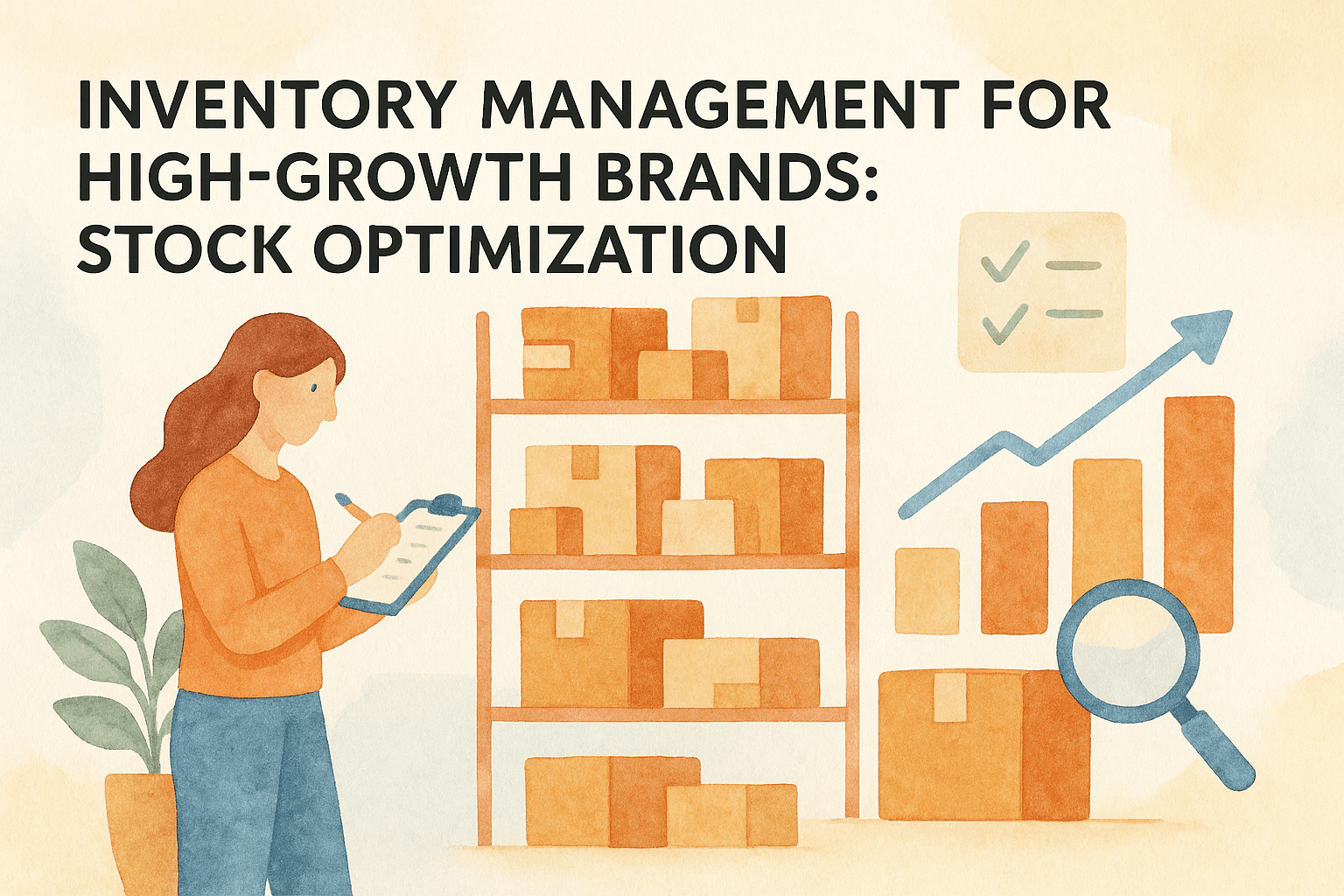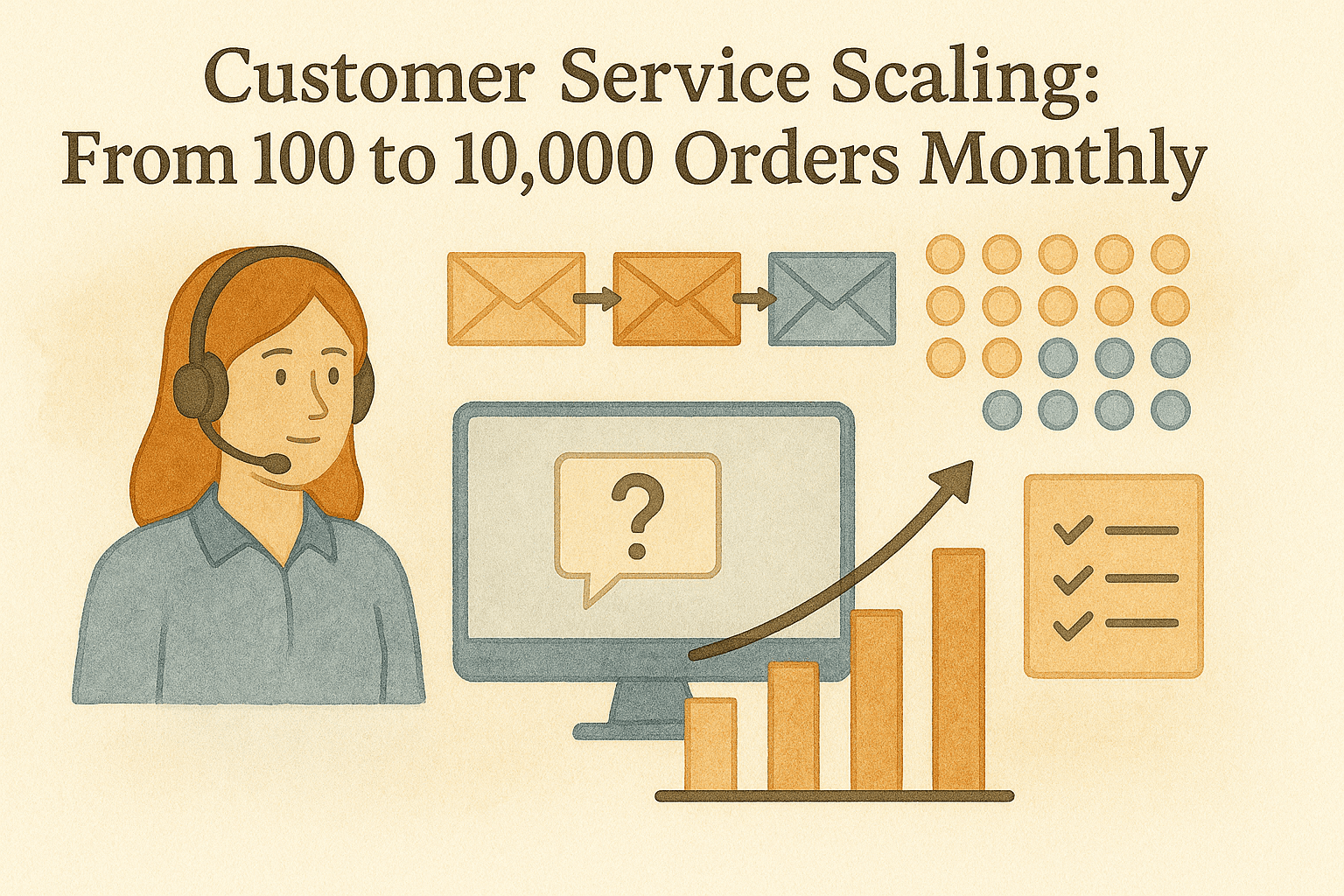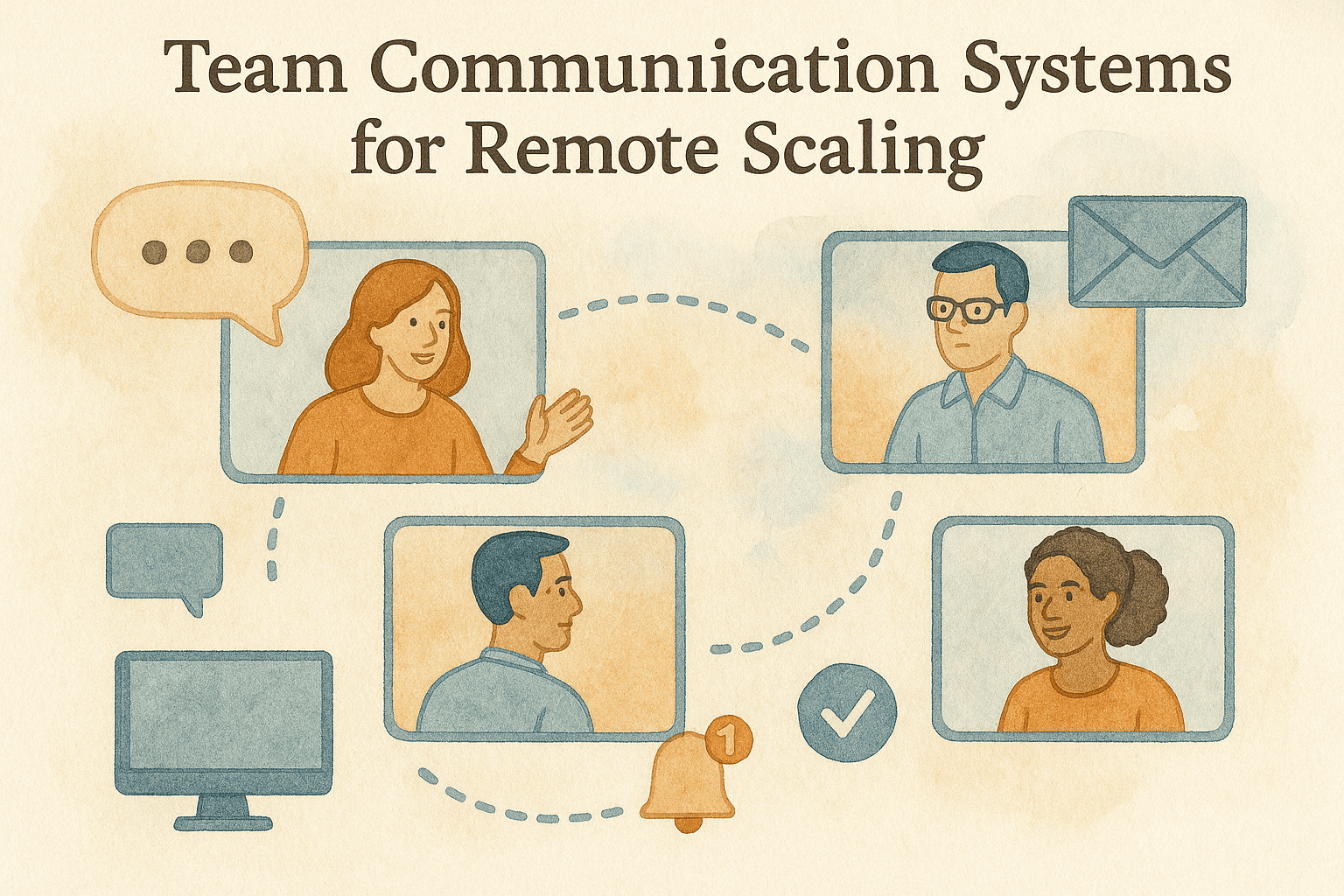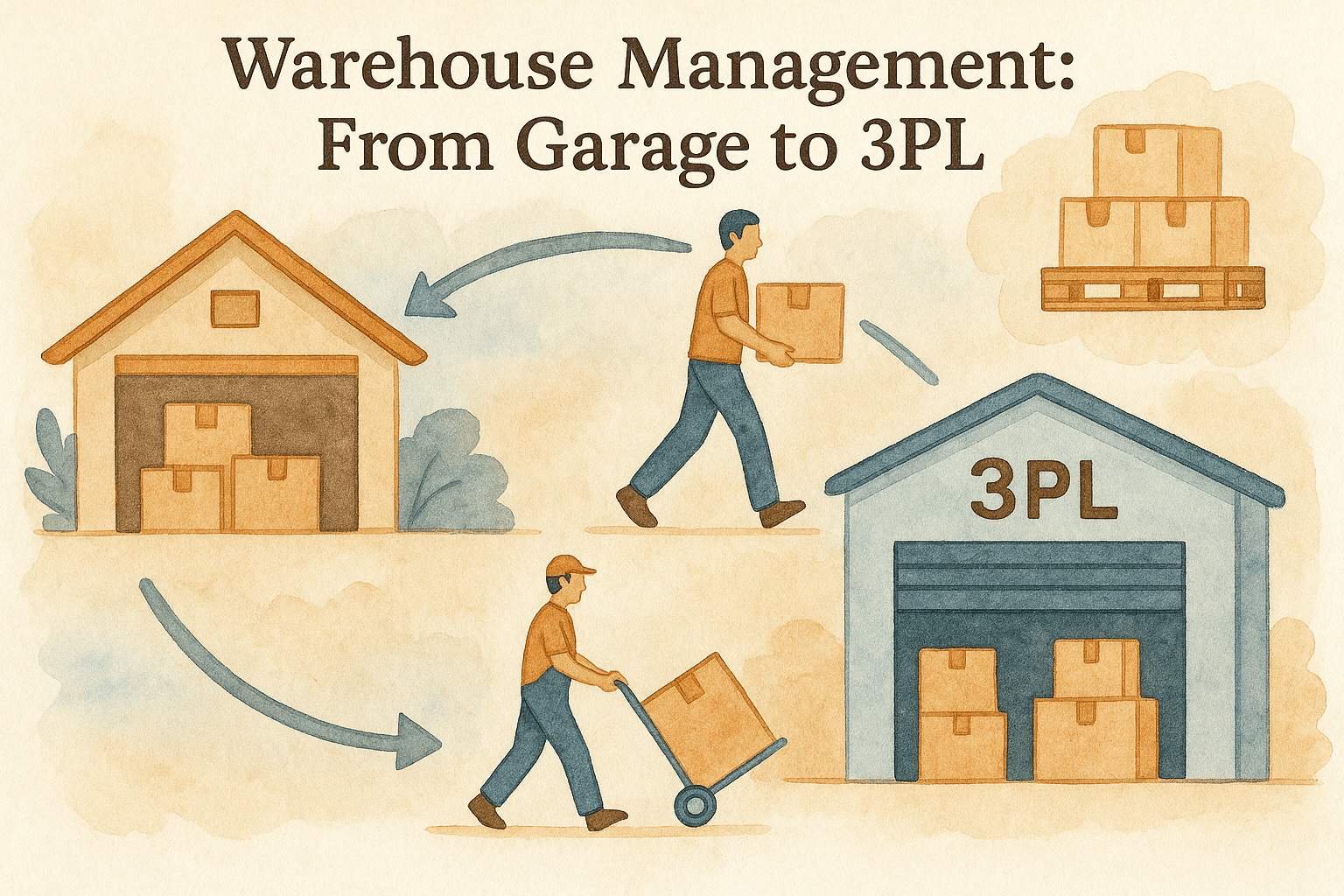Quality Control Systems for Scaling Operations
Updated:
January 5, 2025
11 minutes
The High Cost of Poor Quality
Many entrepreneurs underestimate the true cost of poor quality. They tend to focus on the direct costs, such as the cost of replacing a defective product or issuing a refund. However, the indirect costs of poor quality are often far greater. These include:
• Damaged Brand Reputation: In the age of social media, a single negative review can reach thousands of potential customers. A pattern of quality issues can quickly tarnish your brand and make it difficult to acquire new customers.
• Increased Customer Service Costs: Every quality issue generates a customer service interaction. As your order volume grows, the cost of handling these interactions can quickly spiral out of control.
• Higher Return Rates: High return rates not only impact your bottom line but also create a logistical nightmare. Processing returns is a time-consuming and expensive process.
• Lost Customer Loyalty: A single bad experience can be enough to lose a customer for life. In a competitive market, you cannot afford to alienate your hard-won customers.
The 5 Pillars of a Scalable Quality Control System
A scalable QC system is built on five key pillars:
• Clear Quality Standards: You cannot control what you have not defined. The first step in building a QC system is to establish clear and objective quality standards for your products. These standards should cover everything from raw materials and manufacturing processes to packaging and labeling.
• Supplier Quality Management: Your QC system should extend beyond your own four walls to include your suppliers. You need to have a process for vetting new suppliers, monitoring their performance, and working with them to improve quality.
• In-Process and Final Inspections: You need to have a system for inspecting products at various stages of the production process, from incoming raw materials to finished goods. This will help you to identify and address quality issues before they reach the customer.
• Corrective and Preventive Actions (CAPA): When a quality issue is identified, you need to have a process for investigating the root cause and implementing corrective and preventive actions. This will help you to prevent the issue from recurring in the future.
• Continuous Improvement: A good QC system is never static. You need to have a process for continuously monitoring your performance, identifying areas for improvement, and implementing changes to make your system more effective.
Designing Your Quality Control System
Now that you understand the five pillars of a scalable QC system, let's take a closer look at how to design and implement each component.
1. Establishing Clear Quality Standards
Your quality standards should be documented in a clear and concise manner. They should be specific, measurable, achievable, relevant, and time-bound (SMART). For each product, you should define:
• Critical to Quality (CTQ) characteristics: These are the product characteristics that are most important to the customer. For example, for a piece of apparel, the CTQ characteristics might include the color, size, and stitching.
• Specifications and tolerances: For each CTQ characteristic, you should define a target value and an acceptable range of variation. For example, for a t-shirt, you might specify that the chest measurement should be 50cm +/- 1cm.
• Inspection and testing methods: You should specify how each CTQ characteristic will be measured and what equipment will be used.
• Acceptance criteria: You should define the criteria for accepting or rejecting a product based on the results of the inspection.
2. Supplier Quality Management
Your suppliers play a critical role in your QC system. You need to have a process for ensuring that they are meeting your quality standards. This should include:
• Supplier qualification: Before you start working with a new supplier, you should conduct a thorough evaluation of their quality management system. This may include an on-site audit of their facility.
• Supplier monitoring: You should have a system for monitoring the performance of your suppliers on an ongoing basis. This may include tracking metrics such as the defect rate, on-time delivery rate, and lot acceptance rate.
• Supplier development: You should work with your suppliers to help them improve their quality performance. This may include providing training, sharing best practices, and collaborating on process improvement projects.
3. In-Process and Final Inspections
You should conduct inspections at various stages of the production process to identify and address quality issues as early as possible. The three main types of inspections are:
• Incoming inspection: This is an inspection of raw materials and components before they are used in production. The goal is to ensure that they meet your quality standards.
• In-process inspection: This is an inspection of products at various stages of the production process. The goal is to identify and correct any quality issues before they become major problems.
• Final inspection: This is an inspection of finished goods before they are shipped to the customer. The goal is to ensure that they meet all of your quality standards.
4. Corrective and Preventive Actions (CAPA)
When a quality issue is identified, you need to have a systematic process for investigating the root cause and implementing corrective and preventive actions. A good CAPA process should include the following steps:
• Problem identification: Clearly define the problem and its impact.
• Containment: Take immediate action to prevent the problem from getting worse.
• Root cause analysis: Use a structured problem-solving methodology, such as the 5 Whys or a fishbone diagram, to identify the root cause of the problem.
• Corrective action: Implement a solution that will fix the problem.
• Preventive action: Implement a solution that will prevent the problem from recurring in the future.
• Verification: Verify that the corrective and preventive actions have been effective.
5. Continuous Improvement
A good QC system is a living system that is constantly evolving and improving. You should have a process for continuously monitoring your performance, identifying areas for improvement, and implementing changes to make your system more effective. This should include:
• Regular performance reviews: You should regularly review your QC data to identify trends and areas for improvement.
• Customer feedback analysis: You should systematically collect and analyze customer feedback to identify quality issues and opportunities for improvement.
• Benchmarking: You should benchmark your QC performance against industry best practices to identify areas where you can improve.
Technology for a Scalable QC System
As your business scales, you will need to invest in technology to support your QC system. Some of the key technologies to consider include:
• Quality Management System (QMS) software: QMS software can help you to automate many of the tasks involved in managing your QC system, such as document control, CAPA management, and supplier quality management.
• Statistical Process Control (SPC) software: SPC software can help you to monitor your production processes in real-time and identify any variations that may indicate a quality issue.
• Automated inspection equipment: Automated inspection equipment, such as machine vision systems, can help you to inspect products more quickly and accurately than manual inspection.
Conclusion
Building a scalable quality control system is essential for any high-growth eCommerce brand. By following the principles and best practices outlined in this guide, you can design and implement a QC system that will help you to maintain product quality, protect your brand reputation, and drive long-term growth. Remember that a QC system is not a one-time project but an ongoing process of continuous improvement. As your business evolves, so too should your QC system.



